Plywood Cabinetry Construction
dilly_ny
12 years ago
Featured Answer
Sort by:Oldest
Comments (10)
bmorepanic
12 years agoRelated Professionals
Federal Heights Kitchen & Bathroom Designers · Georgetown Kitchen & Bathroom Designers · Highland Park Kitchen & Bathroom Designers · La Verne Kitchen & Bathroom Designers · St. Louis Kitchen & Bathroom Designers · South Farmingdale Kitchen & Bathroom Designers · Salinas Kitchen & Bathroom Remodelers · Schiller Park Kitchen & Bathroom Remodelers · Hawthorne Kitchen & Bathroom Remodelers · Harrison Cabinets & Cabinetry · Prospect Heights Cabinets & Cabinetry · Richardson Cabinets & Cabinetry · Wyckoff Cabinets & Cabinetry · Milford Mill Cabinets & Cabinetry · North Plainfield Cabinets & Cabinetrypowertoolpatriot
12 years agobmorepanic
12 years agorobbcs3
12 years agopharaoh
12 years agodilly_ny
12 years agoKitchenCabinetKings
12 years agoCircus Peanut
12 years agobmorepanic
12 years ago
Related Stories
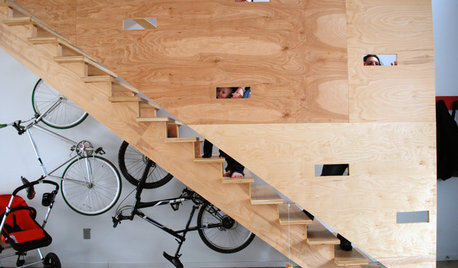
MATERIALS10 Ways to Tap Into Plywood's Unfussy Appeal
It’s been a staple sturdy raw material for a long time, but now plywood is becoming a feature in its own right
Full Story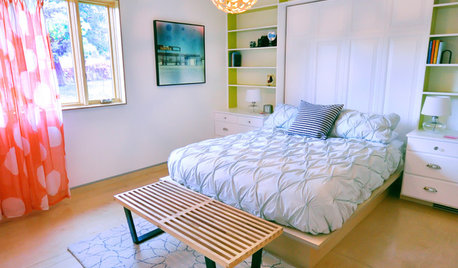
WOODTry DIY Plywood Flooring for High Gloss, Low Cost
Yup, you heard right. Laid down and shined up, plywood can run with the big flooring boys at an affordable price
Full Story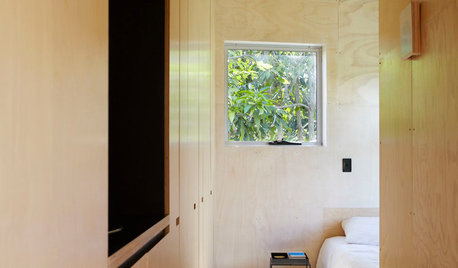
WOODDesign Workshop: Plywood as Finish
Trendproof your interior with this sensible guide to using this utilitarian material indoors
Full Story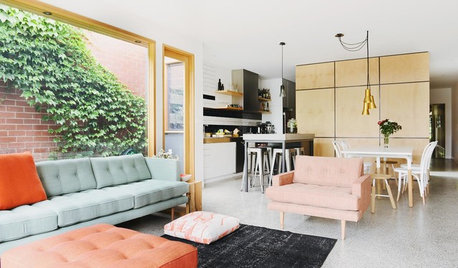
CONTEMPORARY HOMESHouzz Tour: Plywood Pod Adds a New Dimension to Living Spaces
Designers redo the back of a house for a better indoor-outdoor connection and install a clever structure for storage, function and flow
Full Story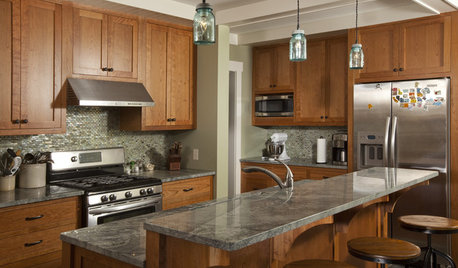
KITCHEN CABINETSCabinets 101: How to Choose Construction, Materials and Style
Do you want custom, semicustom or stock cabinets? Frameless or framed construction? We review the options
Full Story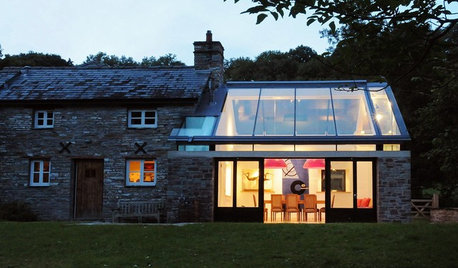
BUDGETING YOUR PROJECTDesign Workshop: Is a Phased Construction Project Right for You?
Breaking up your remodel or custom home project has benefits and disadvantages. See if it’s right for you
Full Story
BUDGETING YOUR PROJECTConstruction Contracts: What to Know About Estimates vs. Bids
Understanding how contractors bill for services can help you keep costs down and your project on track
Full Story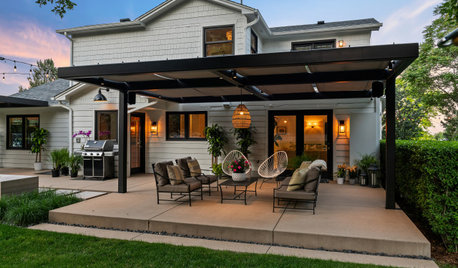
WORKING WITH PROSYour Guide to a Smooth-Running Construction Project
Find out how to save time, money and your sanity when building new or remodeling
Full Story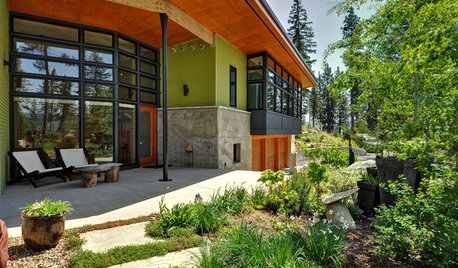
BUDGETING YOUR PROJECTConstruction Contracts: What Are General Conditions?
Here’s what you should know about these behind-the-scenes costs and why your contractor bills for them
Full Story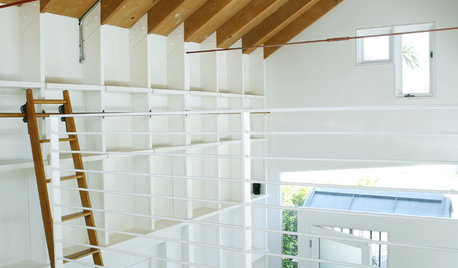







caryscott